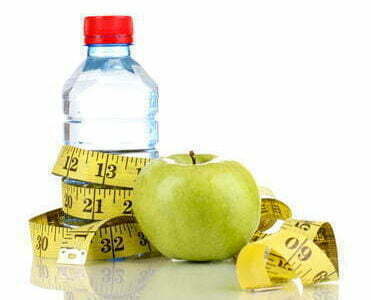 If you have PMS and are a woman who is struggling, you may notice that your hormones seem to hold onto certain food choices and your activity levels during certain months. Understanding and defining Premenstrual Syndrome (or PMS) is important in order to manage some of the unhealthy cravings during this period.
If you have PMS and are a woman who is struggling, you may notice that your hormones seem to hold onto certain food choices and your activity levels during certain months. Understanding and defining Premenstrual Syndrome (or PMS) is important in order to manage some of the unhealthy cravings during this period.
What is PMS? When does it occur?
Premenstrual syndrome, or PMS, is a combination of psychological, emotional, and physical changes that occur after a woman has ovulated. These changes usually end with menstrual flow.
Mood-related Symptoms
The most common symptoms of mood are:
* Depression
* Irritability
* Excessive Sensitivity
* Crying
Psychological Symptoms
Psychological symptoms include:
* Depression
* Anger
Physical symptoms
These are the physical symptoms.
* Tiredness
* Mastalgia (breast tenderness)
* Acne
* Bloating
This time, food cravings can also be a significant symptom.
Hormonal Levels during PMS can affect the appetite
PMS is directly related to changes in the body that occur during menstruation. Medical treatments for PMS include oral contraceptives and painkillers, but a menstrual diary can be used to review the emotional triggers that lead to a woman consuming excessive salty snacks, chocolates, or having a hungry stomach before her period.
Blood Sugar Counts Influenced by Estrogen and Progesterone Levels
Scientists believe that PMS is caused by low levels of estrogen and progesterone, which causes blood sugar levels to drop. This can lead to a desire for sugar. Women who satisfy their sugar cravings by eating sugary foods often experience a rapid decline in blood sugar levels. This “act of futility” can lead to PMS sufferers experiencing anxiety and irritability. She may also seek out a sugary treat in order to satisfy her sweet tooth.
Also, Serotonin levels can impact what a woman eats
Serotonin levels are another reason cravings can get out of control. This is a chemical that gives you a feeling good and helps you feel happy. It drops between menstruation and ovulation. Women crave potato chips and carbs when their serotonin levels are low. This is because the body needs carbs to produce the substance.
Tips to Reduce Pre-menstrual Cravings
On a positive note, PMS cravings are usually in sync with the body’s cycle and clock. You can establish dietary guidelines that you can use during PMS and throughout the month. Here are some nutrition suggestions to help reduce cravings associated with premenstrual disorder.
Look for foods high in fiber and complex carbs. Complex carbs, which are fiber-rich, have a slower rate of absorption by the body. This helps curb PMS cravings. Make it a habit to eat more whole grains and cereals, as well as fruits, starchy vegetables, and legumes.
Six small meals are better than three or four large meals throughout the day. Smaller meals are better for blood sugar regulation and less likely to binge. To ensure that the body has a steady supply of fuel, eat meals every three hours.
Protein-rich foods are recommended. You can eat snacks and meals with protein such as chicken, turkey, fish, or peanut butter. These foods can help you feel satisfied and slow down your digestion.
Increase your magnesium intake. Research shows that PMS can cause a drop in magnesium levels, which can lead to cravings. Magnesium-rich foods such as peanut butter, almonds, brown rice and sunflower seeds can be added to your diet.
Deepen your breath and take a deep, slow, relaxing breath. Stress and anxiety can make cravings worse. Instead of reaching for the vending machines to get a snack or “craving fix”, take some time to relax and meditate.
Spend more time outside. The body’s natural feel-good substance, serotonin, can be reduced if there isn’t enough sunshine. To reduce your cravings, plan your day to spend more time outside.
Make exercising a daily habit. Physical activity and exercise increase the body’s feel-good endorphins, which in turn decrease appetite. You will stop eating regardless of how active or inactive you are.






















Add comment